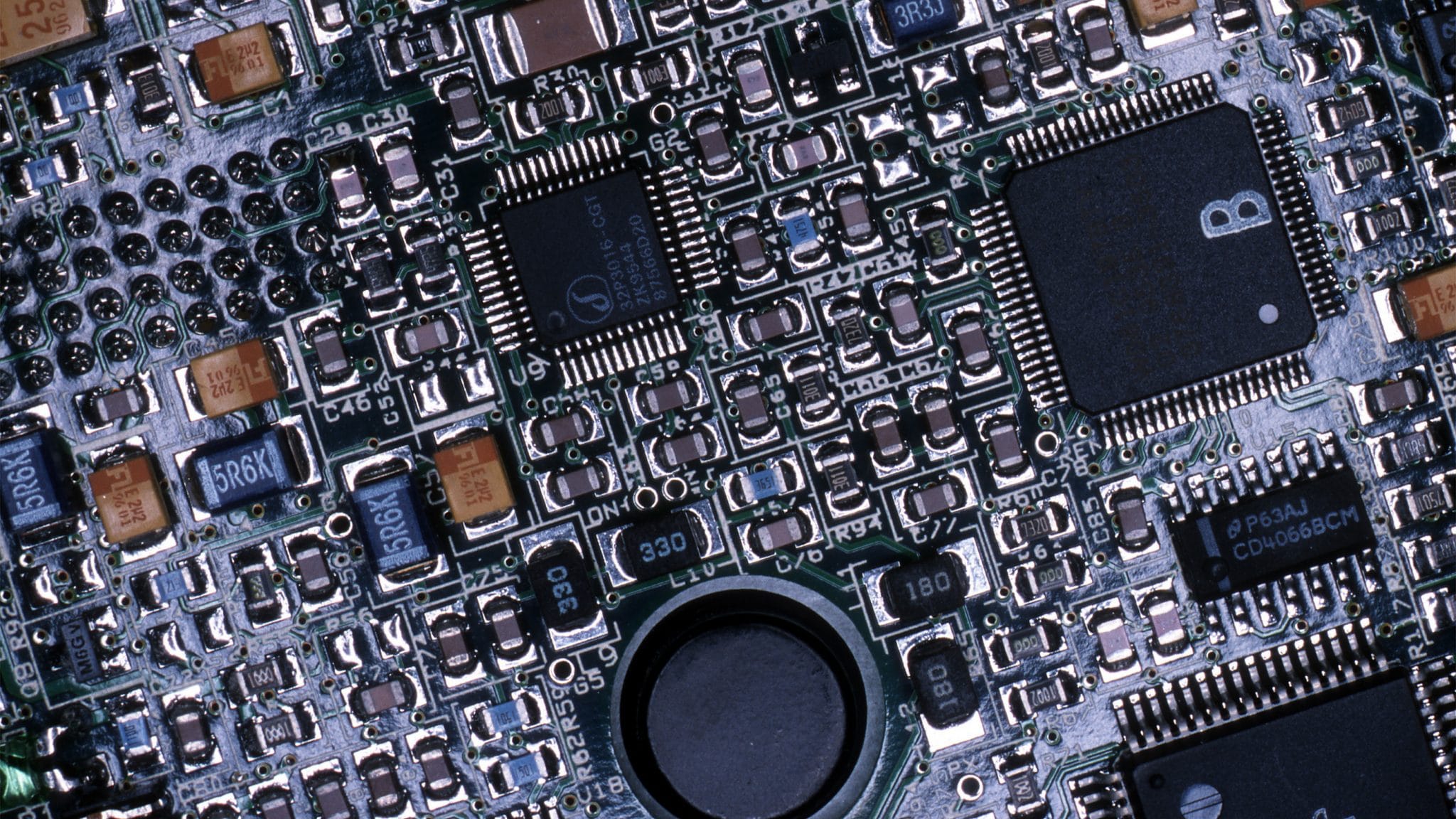tppeake
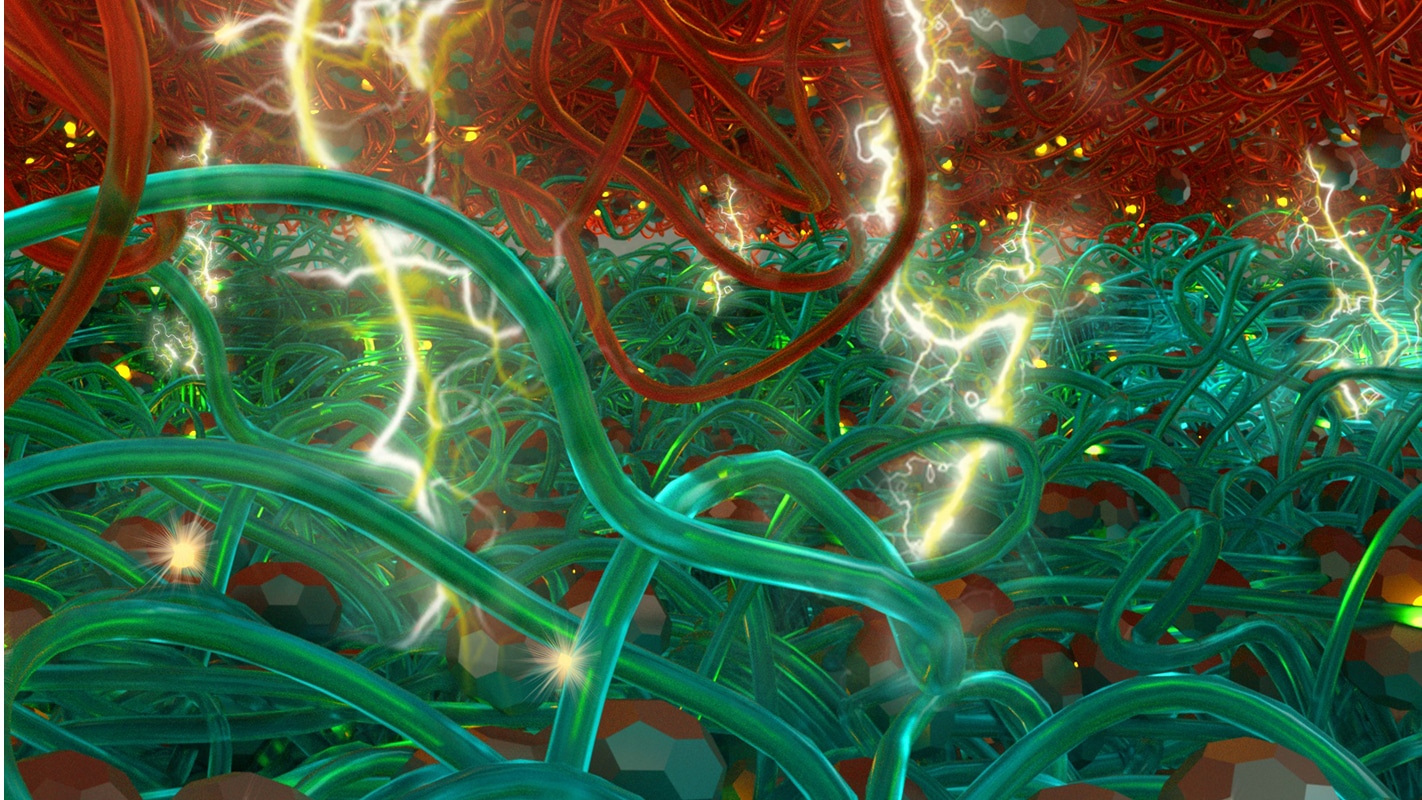
New Fabrication Technique Leads to Broader Sunlight Absorption in Plastic Solar Cells
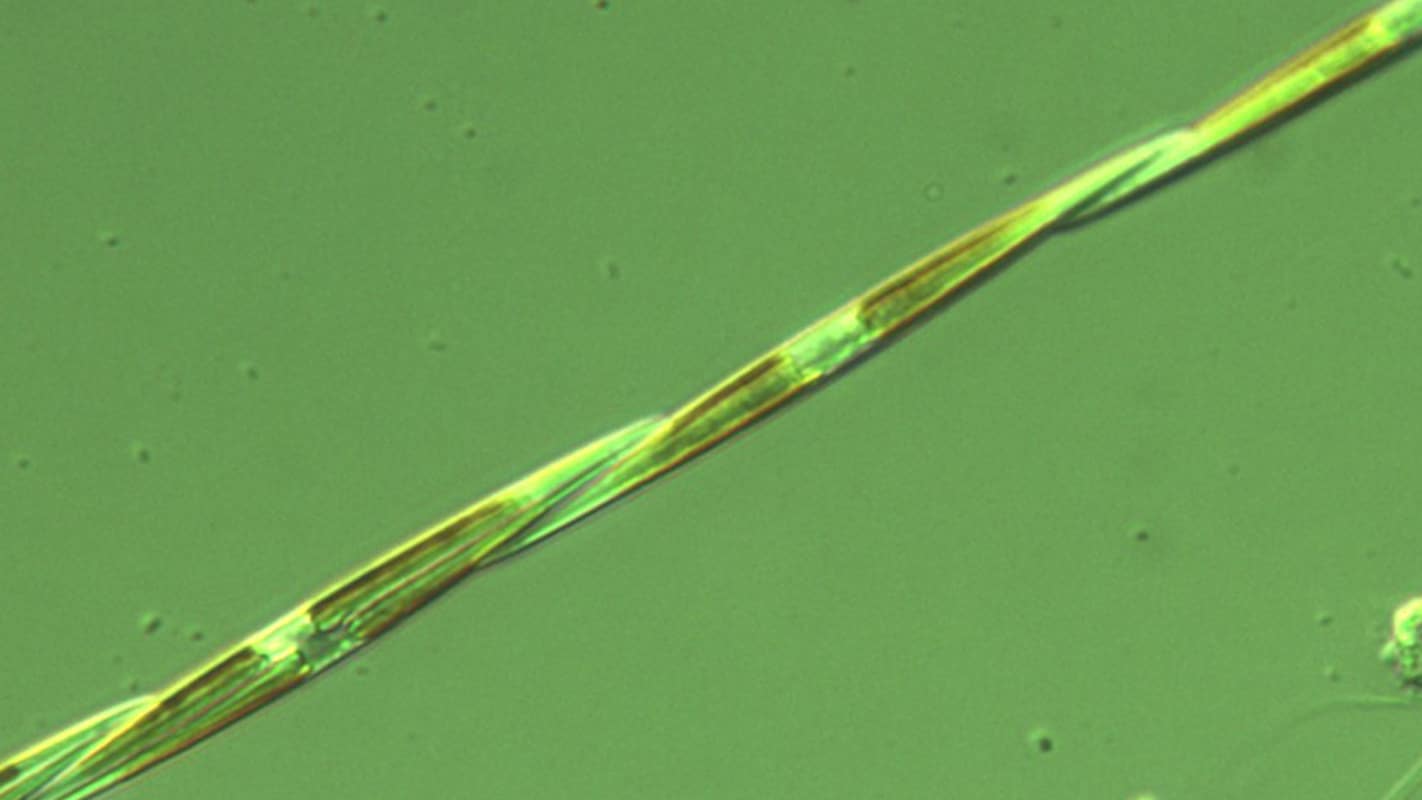
Toxic ‘Marine Snow’ Can Sink Quickly, Persist at Ocean Depths

Keratin and Melanosomes Preserved in 130-Million-Year-Old Bird Fossil
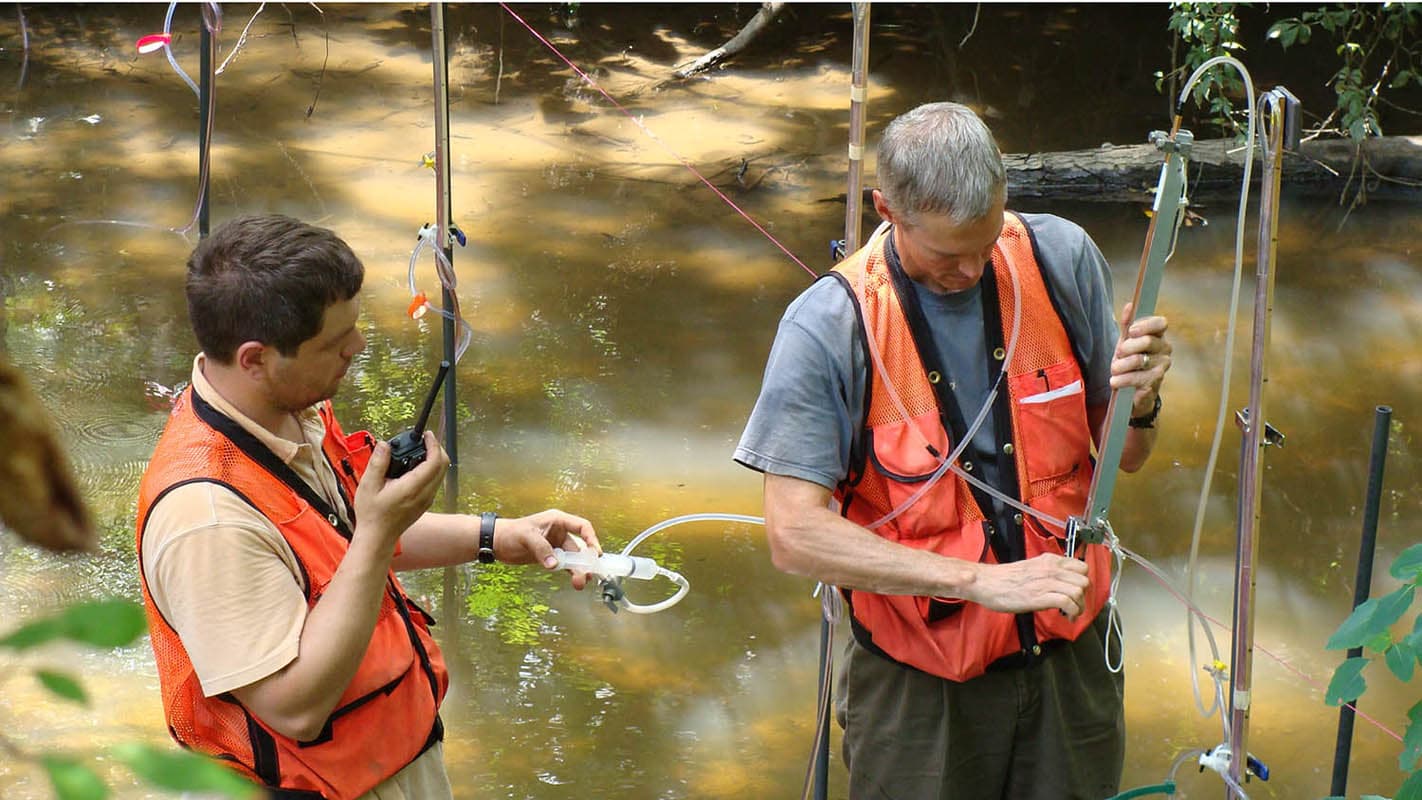
Researchers Develop Novel Approach for Quantifying Nitrate Discharge from Groundwater to Streams

Original Dinosaur Claw Sheath Proteins Preserved for 75 Million Years

Wind Patterns in Lowest Layers of Supercell Storms Key to Predicting Tornadoes
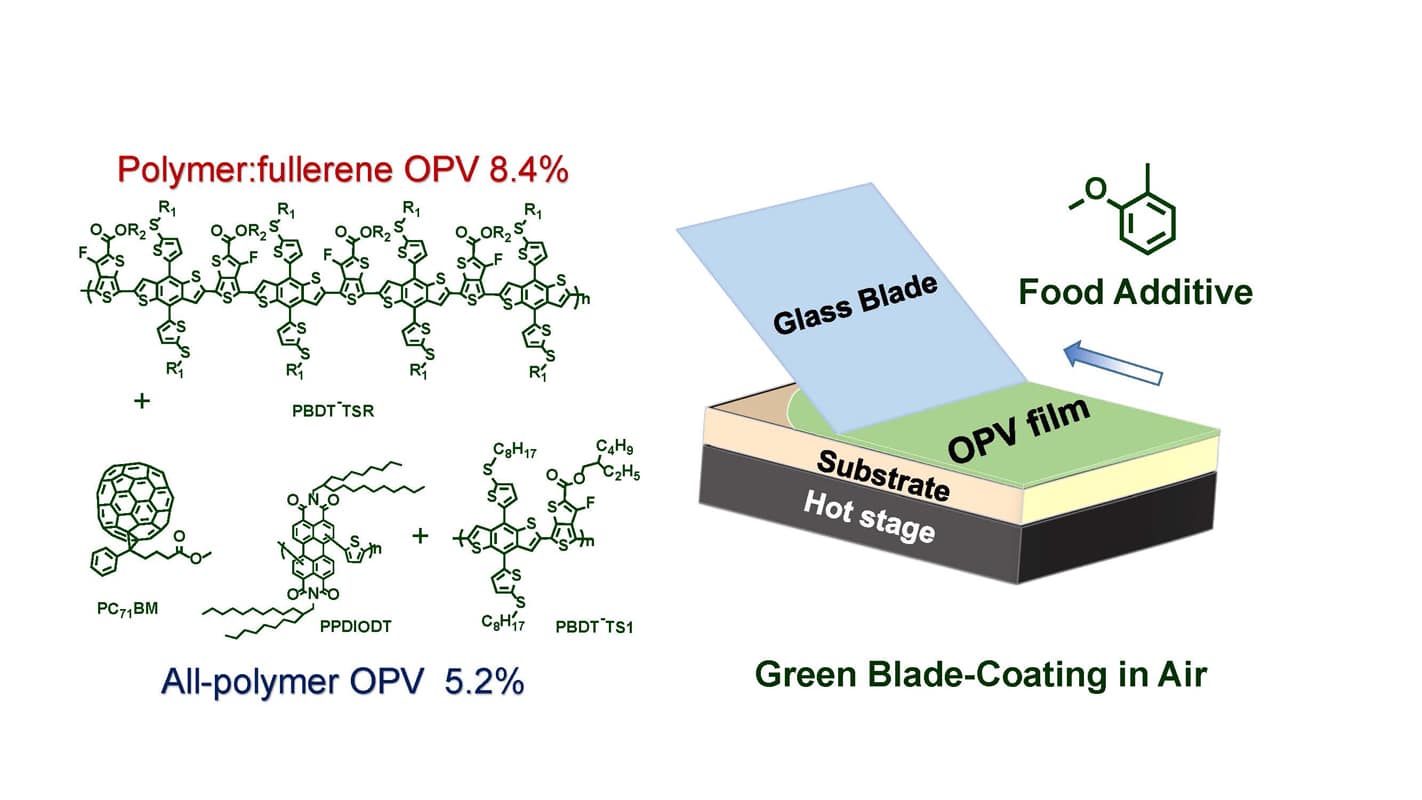
Food Additive Key to Environmentally Friendly, Efficient, Plastic Solar Cells
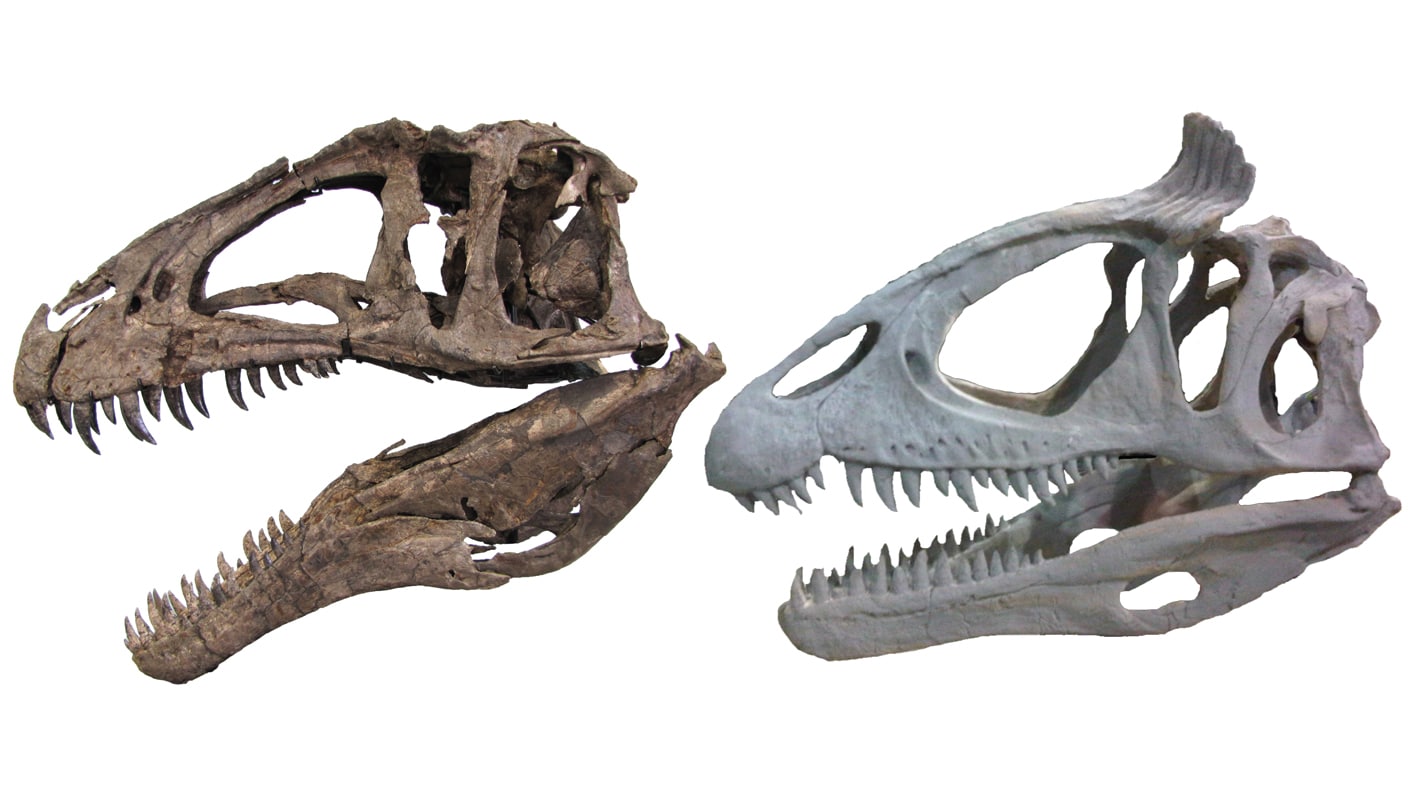
Outrageous Heads Led to Outrageously Large Dinosaurs

Revealing the Past at Oberlin Cemetery
